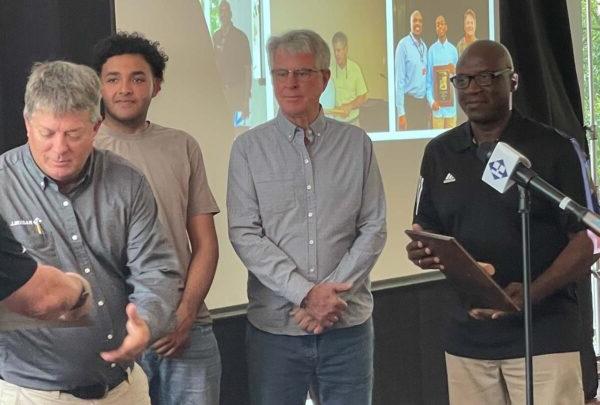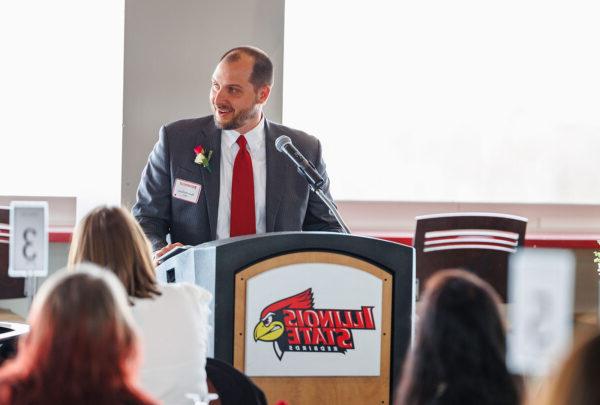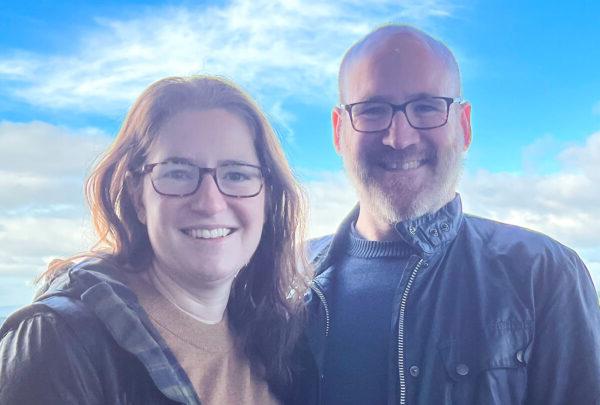At any given time, the Life Sciences industry sees thousands of start-up organizations at various phases of maturity. These organizations have broad diversity, from researchers identifying novel therapeutic molecules to inventors perfecting new medical devices. They all share a common theme of identifying an unmet need in the marketplace and getting products to the patients and healthcare providers who need them most.
These innovators and inventors live for the thrill of making a great discovery. The creative minds that enable these huge discoveries focus on scientific precision and broadening the body of knowledge. Within the ideation process, they can focus on a wide variety of possibilities, and their methods need only loose ties to specific timelines or budgets. Once an idea is selected, those same teams must focus on the logistics of what comes next for their nascent organizations: obtaining a facility, scaling the manufacturing process and fabricating those products for eager customers. They must transform the idea into tangible reality; the greatest discovery does not provide value if it cannot be effectively gestated from concept to physical entity.
This secondary phase – the design and construction of a facility to physically produce a product – often presents the most significant challenges for these teams. These same people, once driven by limitless possibilities, must now quickly define firm requirements, rigid boundaries and fixed scope – and commit to inflexible timelines and budgets. That cultural and operational shift can be significant and is one of the major causes of project failure for many startups.

The most successful dreamers and startup leaders recognize their own strengths and limitations. Often, that involves continuing to allocate their limited time to develop their unique solutions and creative assets, something not easily delegated to others. Managing a major capital project tends to be more mundane and rigid and is a prime opportunity to entrust the scope to another employee or partner organization. Oversight of day-to-day planning, engineering and permitting, supply chain logistics and cashflow tracking aren’t flashy roles that flex creative muscles, but their proper execution is critical to project success.
Many organizations don’t know where to start when launching a new capital project. “Analysis paralysis” is a real challenge when defining a project’s scope and breadth. A blank slate has unlimited potential yet can be daunting for project teams. Though it may not seem intuitive, bringing in a design-build construction organization as a project partner is a highly effective method of avoiding potential paralysis due to scope ambiguity. Construction organizations are experts in all phases of a capital endeavor, from early planning through commissioning. They bring leverageable templates and tools and, most importantly, first-hand perspectives from similar projects in the same markets. A common misconception about those construction organizations is that projects are all-or-nothing, meaning a significant commitment of time, resources, and capital. The truth is that they are also well-versed in smaller scoping efforts such as preparing estimates, assembling cost opinions, developing conceptual packages and generating capital expenditure roadmaps for their clients.
Consider a case study of a 澳门足彩app client in the fill-finish sector. They had a great idea for an unmet need in the market and were planning a new facility. Their project scope was in constant motion as they examined multiple scenarios for their facility needs, manufacturing timelines and future expansion flexibility. They could verbalize what they wanted during our conversations but had not been able to get much recorded in formal documents that did justice to their vision.
Working together, 澳门足彩app conducted an intense half-week interactive workshop. Years of experience show that it’s easier to redline and edit an existing document than build one from scratch; using this methodology, we brought several similar concepts to them along with representative data (construction costs, operating costs, construction timelines, etc.). The team quickly tweaked a high-level project plan that met their needs based on those documents. From there, using the vast amount of project data from 澳门足彩app’s pre-construction estimating group, we were able to help this client define a clear set of facility requirements and their corresponding target construction budgets, timelines and roll-out strategies. The final product enabled the client’s leadership to have concrete data for capital expenditure planning and advancing the project.
In another case study, a client on a fixed budget approached us to leverage 澳门足彩app’s expertise in estimating a project’s construction cost. They had an existing design package from a previous endeavor and understood their anticipated forecasts would not remain valid in the volatile market conditions of 2024. They needed an updated prediction to determine if the project was still viable. 澳门足彩app provided them with a revised estimate that, unfortunately, exceeded their fixed budget. However, 澳门足彩app’s team of engineers, architects and constructors developed a list of value-engineering options that could be de-scoped from the project to achieve the target figure, albeit with diminished scope and functionality. The team was able to develop a comprehensive plan along with the options list that gave the client’s leadership the objective data to decide on the project’s scope and direction.
A knowledgeable construction organization can bring immense value to a project, especially when integrated as early as possible. Many constructors are brought into projects once the design is complete and tasks are ready to advance into physical assembly; however, this is a missed opportunity. Construction organizations bring a wealth of knowledge about project data and methodology and can be phenomenal partners in the planning stages of a project. Having perspective and experience from similar efforts can streamline projects, bring time- and cost-saving ideas and help provide scope definition to the team as they tackle the blank-slate challenges (and endless possibilities!) at a project’s start.
 About the author: Michael Asher is Director of Operations for 澳门足彩app’s Life Sciences Division. He is a credentialed Project Management Professional (PMP) from the Project Management Institute (PMI) and a Certified Project Manager (CPM) from the Project Management Leadership Group (PMLG). He holds a Bachelor of Science in Chemical Engineering from Washington University in St. Louis. Michael has extensive experience leading projects in the biotechnology and cell and gene therapy space where he’s helped start-up organizations turn an idea into reality.
About the author: Michael Asher is Director of Operations for 澳门足彩app’s Life Sciences Division. He is a credentialed Project Management Professional (PMP) from the Project Management Institute (PMI) and a Certified Project Manager (CPM) from the Project Management Leadership Group (PMLG). He holds a Bachelor of Science in Chemical Engineering from Washington University in St. Louis. Michael has extensive experience leading projects in the biotechnology and cell and gene therapy space where he’s helped start-up organizations turn an idea into reality.



 About the author:
About the author: 


































































































